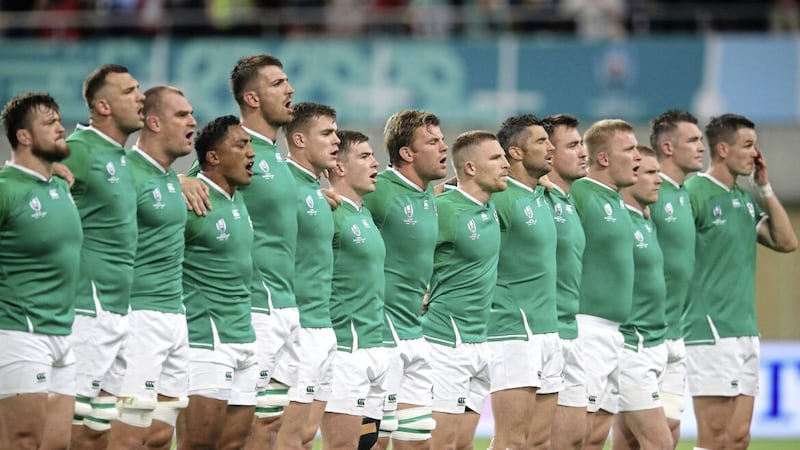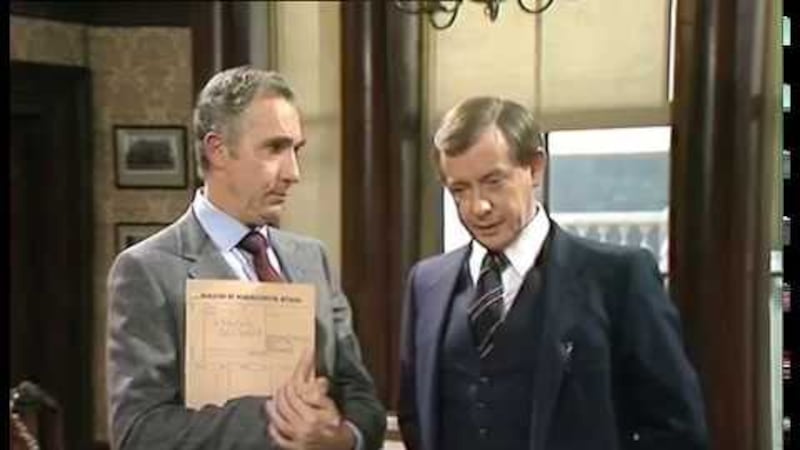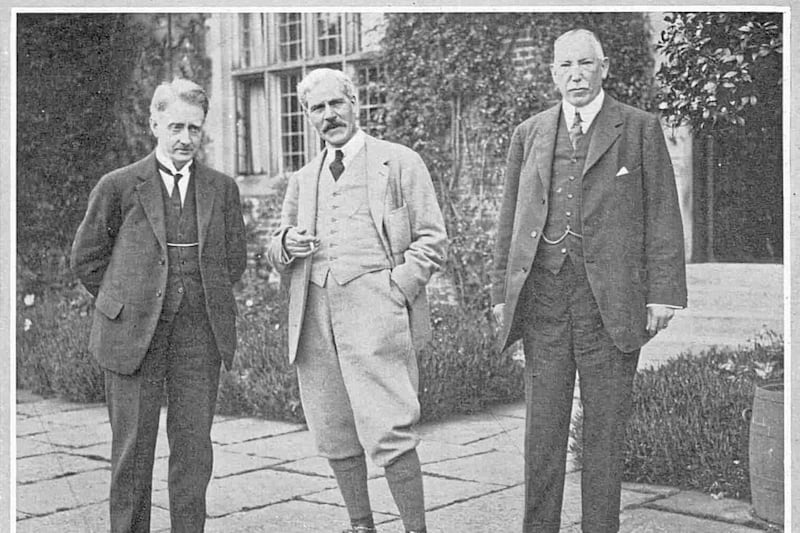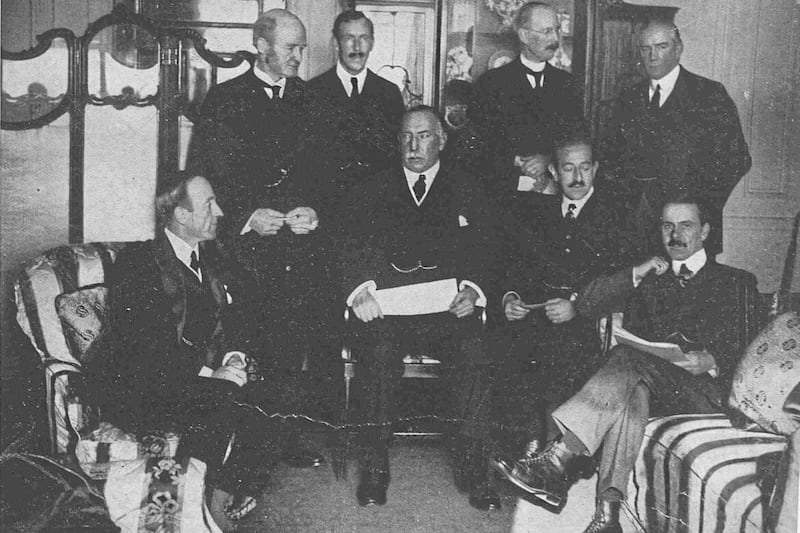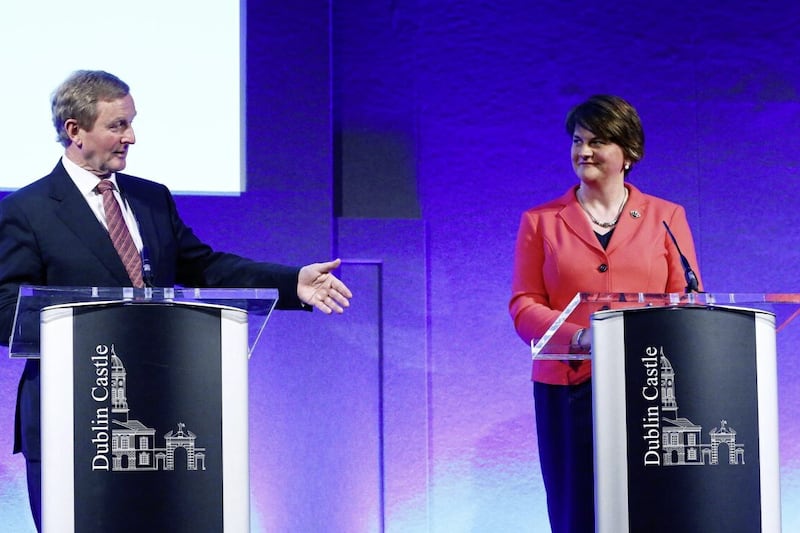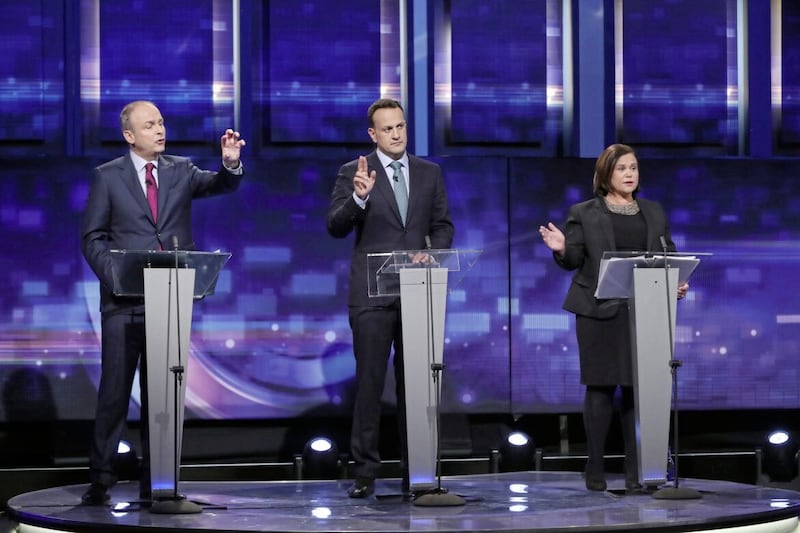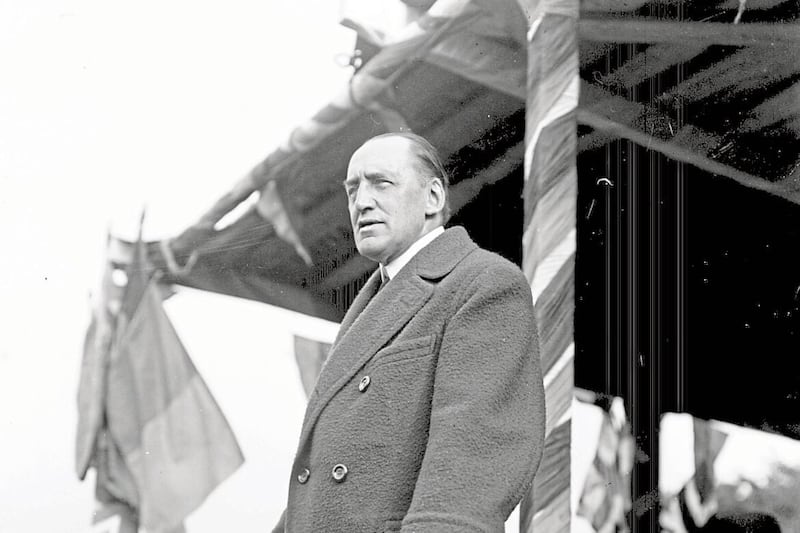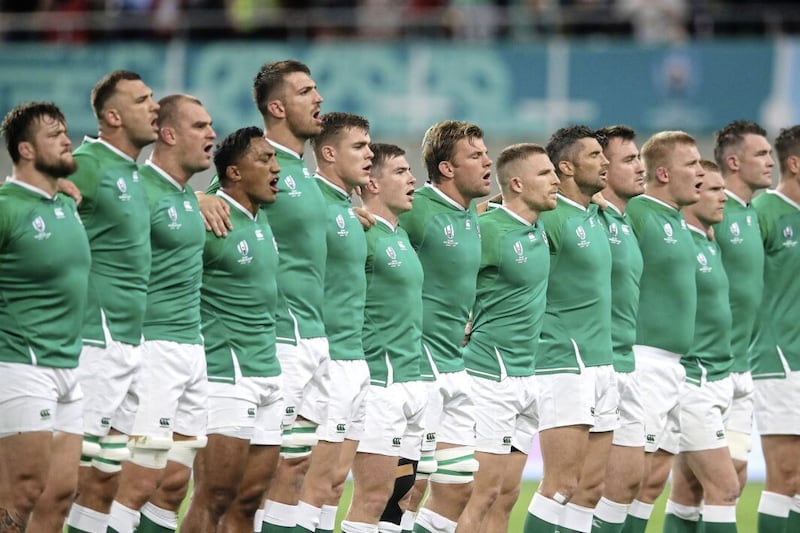This Friday, the 10th men’s Rugby World Cup begins when hosts France take on New Zealand.
Every four years, two questions generally arise relating to Ireland. Will the team finally get over its World Cup hoodoo by getting beyond the quarter-final stage, and why is there an all-Ireland team in rugby and not in football?
While time will tell if Ireland can reach a semi-final for the first time, rugby has a long history, sometimes fractious, of being a united all-Ireland sport, like so many others on the island.
Thwarted by northern opposition for some years initially, rugby was eventually unified under the Irish Rugby Football Union (IRFU) umbrella in 1879.
Any inclination for the northern branch to disaffiliate after partition in 1921 was prevented by the actions of the parent body in Dublin, who made great strides to accommodate its northern members.
Overall, the northern branch was very happy with how it was treated by the IRFU. Echoing its success in inter-provincial matches against Leinster and Munster, Ulster players were well represented in Irish international teams selected after partition.
Read more:
The Irish soccer split and sport in a divided island
Partition: The Free State's abandonment of northern nationalists
Ulster Rugby to play an historic first game at a GAA ground this season
To the detriment of upgrading Lansdowne Road in Dublin, the IRFU sanctioned and allocated funds for the erection of a new rugby stadium in Belfast, at Ravenhill in the early 1920s. This allowed the IRFU to continue its tradition of hosting international matches in Belfast and Dublin.
The northern branch was also happy with its representation on the IRFU governing body. It held two of the five seats on the international selection committee, and it had equal representation to Leinster on the IRFU council. Of the 16 presidents of the IRFU elected between partition and the outbreak of the Second World War, nine were from Leinster, six were from Ulster and one from Munster.
This was in stark contrast to Irish soccer which split in 1921 primarily over a Belfast bias from the Irish Football Association (IFA) on its selection of players, venues and in representation on the IFA council and its subcommittees.
The willingness to accommodate Ulster may certainly be explained by the make-up of the IRFU council at the time, where the overwhelming number of members were upper middle-class Protestants who were inclined to have unionist sympathies.
For example, of the nine presidents of the IRFU from Leinster between partition and the outbreak of the Second World War, seven were Protestants, many of them with strong links with Trinity College Dublin.
Those involved in governing rugby within Ireland had other ‘potent social binding’ agents, according to historian Liam O’Callaghan, such as education, work, church and leisure activities. These factors were crucial in ensuring unity within rugby after partition.
In fact, during the years immediately following partition, most opposition to the IRFU did not come from Ulster but from Munster and Connaught as well as large pockets in Leinster.
Many in the Irish Free State believed that rugby in Ireland was governed by a Protestant upper middle-class minority who were too unionist in outlook.
The IRFU’s prohibition of matches on Sundays, its preference for a four provinces or union flag over the Irish tricolour, and its toasting of the British king, even cancelling fixtures on the death of King George V, proved controversial decisions that demonstrated the IRFU administrators had more in common with the majority opinion of Northern Ireland than with that of the Irish Free State.
While the IRFU’s “unionism” irked many in the Free State, they did not have enough power internally to effectively oppose it. In essence, the IRFU remained an all-Ireland body after partition due to the similarities in identity shared by an overwhelming number of those who governed the game north and south and the willingness of the IRFU council to accept the changed political position by accommodating Ulster.
Unity within Irish rugby was briefly threatened in the 1950s. A high-profile instance of the northern authorities enforcing prohibition of the displaying of the Irish tricolour came at a match between Ireland and Wales in Ravenhill in March 1950.
A fan who had travelled from Dublin, on exhibiting the tricolour prominently before the match commenced, was chased and attacked by members of the Royal Ulster Constabulary (RUC). A photograph showing the man manhandled by the RUC, with one officer planting his knee on the man’s neck, pinning him to the ground, was seen around the world. Motorists travelling over the border for the match were also ordered to remove the tricolour by the RUC once they entered Northern Ireland.
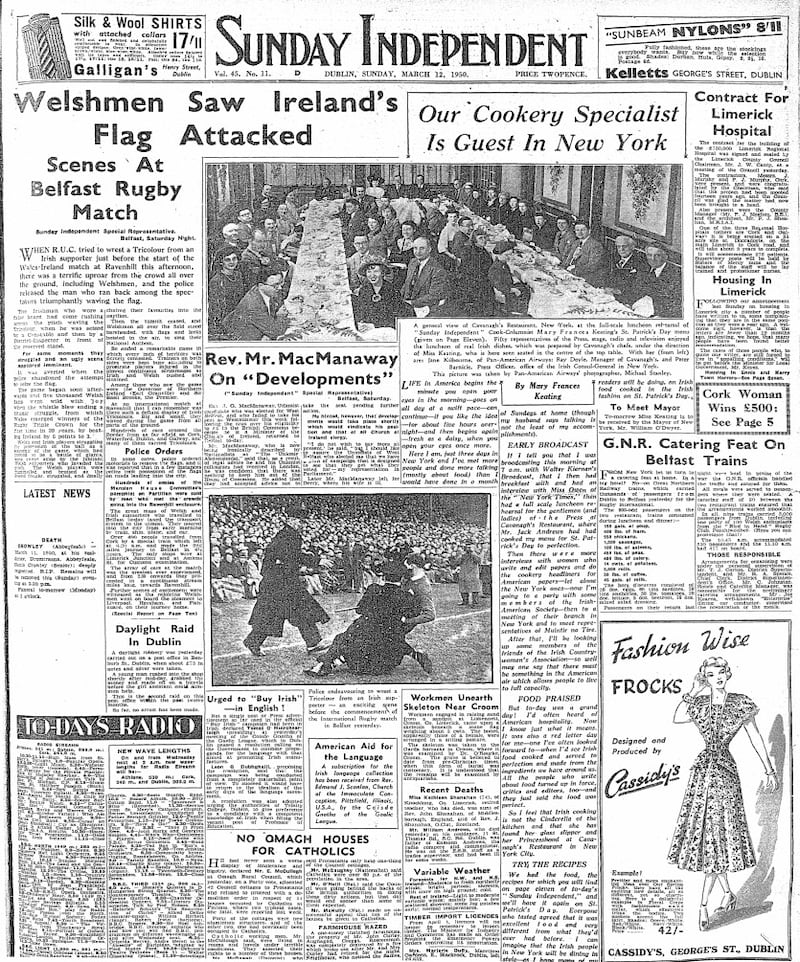
In 1953, the Connacht Sentinel newspaper accused the IRFU of insulting its country by having God Save the Queen played as the anthem of Ireland at an international rugby match between Ireland and France in Ravenhill. A strike was threatened by the southern players a year later unless the Irish national anthem was played and the tricolour flown, on top of the UK ones, at rugby internationals in Ravenhill. A strike was averted when the IRFU agreed to host all future internationals in Dublin.
No more rugby internationals were played in Ravenhill until Ireland played Italy there at a World Cup warm-up match in 2007 (the less said about that World Cup campaign the better). Neither God Save the Queen nor Amhrán na bhFiann were played that night in Ravenhill.
Instead, a specially commissioned song written by Phil Coulter – Ireland’s Call – which had been adopted as the Irish rugby anthem since the 1995 World Cup, was played. On this occasion, it was the turn of many unionists to complain that God Save the Queen should be played, and the union flag displayed, claiming they still had to listen to Amhrán na bhFiann and watch the Irish tricolour flown while attending internationals in Dublin.
Ireland’s Call was commissioned after an embarrassing episode involving anthems at the inaugural Rugby World Cup in Australia and New Zealand in 1987, showing the lengths the IRFU was prepared to go to maintain unity.
When Ireland lined up for its first ever World Cup match, against Wales, the IRFU believed Amhrán na bhFiann was unacceptable to northern-based players, particularly after three Ulster players. David Irwin, Nigel Carr and Philip Rainey, were injured by an IRA car bomb in April of that year. Carr’s injuries from the bomb ended his rugby career.
Instead of having no anthem, the IRFU commandeered a James Last tape from prop Phil Orr and used one of the tracks, The Rose of Tralee.
Coming immediately after a stirring rendition of the Welsh anthem Mae Hen Wlad Fy Nhadau/Land of my Fathers, the grainy version of the song played, as stonily silenced Irish players watched on with expressions verging on horror, arguably did little for Ireland’s prospects in the match, which it lost, but was an expression, albeit a clumsy one, of keeping the sport united.
Now, while there may not be much outpouring of love for Ireland’s Call, it is by-and-large accepted as an acceptable recognition of the different traditions on the island.
As the Irish rugby team embarks on its 10th World Cup campaign, the sport has grown far beyond its Protestant and unionist base that dominated it at the time of partition, with most people on the island now being united in hoping it can finally break that hoodoo in the competition and go beyond the quarter-final stage.
:: Dr Cormac Moore is author of Birth of the Border: The Impact of Partition in Ireland (Merrion Press, 2019).

